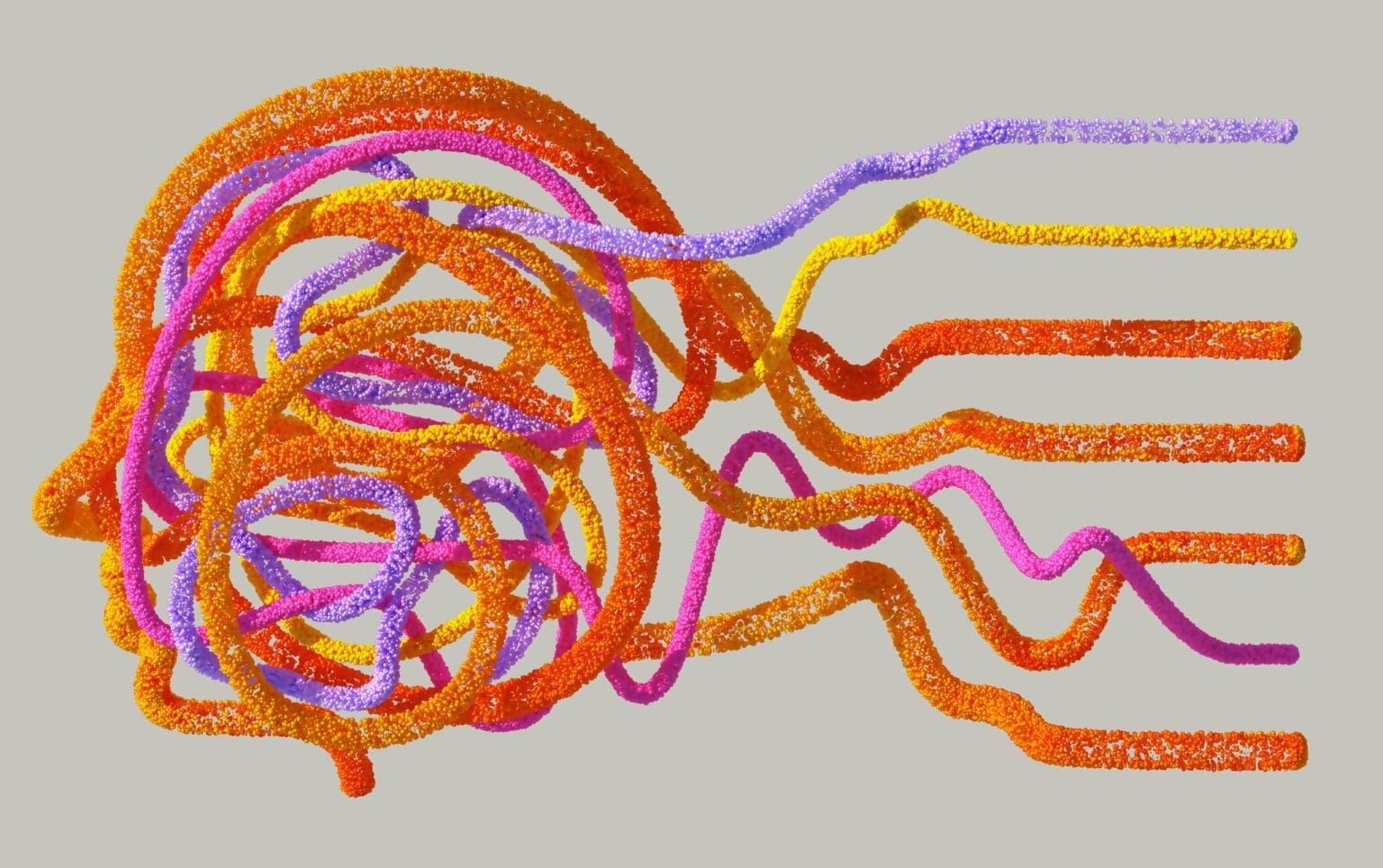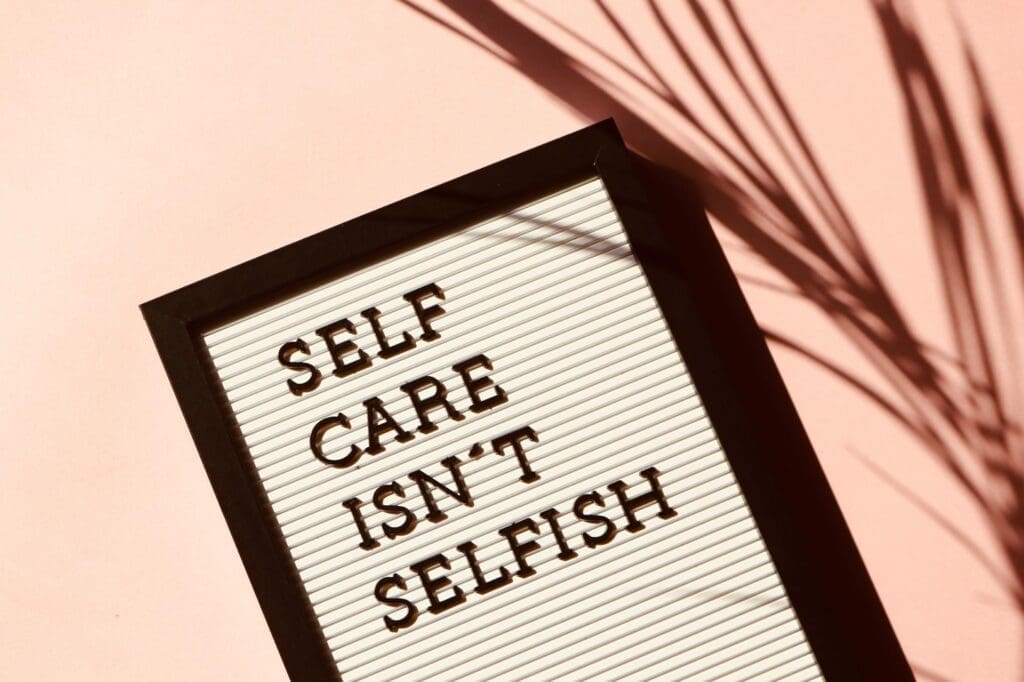Self-love is not just a buzzword, it is a powerful mental state with deep roots in neuroscience. When we speak kindly to ourselves, offer compassion during struggle, and begin to accept who we are, we are not just changing our mindset, we are changing our brains. Recent research in neuroscience offers an interesting look at how self-love impacts brain function and how healing practices can promote long-term transformation.
****
How Neuroscience Affects Self-Love

The brain is an adaptable organ, capable of forming new neural pathways throughout life. This concept is also known as neuroplasticity. As we engage in self-loving behaviors such as practicing gratitude, mindfulness, or affirmations, we reinforce positive neural circuits. Over time, repeated acts of self-compassion activate regions in the brain associated with emotional regulation and reward, similar to the anterior cingulate cortex and the insula.
Furthermore, this means that with consistent self-loving thoughts, the brain physically restructures itself to make those thoughts more automatic. It becomes easiest to quiet the inner critic and foster self-acceptance. Neuroscience points out that the more we practice kindness toward ourselves, the more wired our brains become for compassion.
How The Prefrontal Cortex Plays A Role In Self-Awareness And Acceptance
A key factor in the psychology of self-love is the prefrontal cortex, the area responsible for self-reflection, planning, and emotional regulation. This region helps us make conscious choices about how we think and feel. It allows us to step back from impulsive emotional reactions and choose a more compassionate inner response.
However, trauma can interfere with the brain’s ability to engage in self-love. Early emotional wounds and chronic stress can impair prefrontal cortex function, strengthening the brain’s fear centers, like the amygdala. During these times, self-criticism becomes more automatic than self-compassion. Healing self-love starts by restoring balance in these systems.
How The Healing Of Neural Pathways Helps Rewire Self-Perception

Healing begins with awareness. The brain responds positively when we change the way we talk to ourselves. Engaging in nurturing self-talk not only reduces activity in stress-related brain regions but also boosts the production of oxytocin, the hormone associated with bonding, trust, and connection. This creates a biomedical feedback loop that reinforces self-worth.
Revisiting childhood wounds through therapy, journaling, or inner child work can help reframe painful memories. This process, known as memory reconsolidation, allows the brain to rewrite its understanding of past events. By doing so, we begin to reshape our self-perception from shame to compassion.
How Integrating Neuroscience With Holistic Healing Practices Improves Self-Love

Neuroscience paired with holistic healing practices such as, mindfulness, therapy, spiritual reflection, or energy work, can have profound effects on self-love. These practices create safe environments where the brain can rewire outdated beliefs and restore emotional balance. Additionally, these environments can also teach us how to receive support from not only others but also ourselves.
Understanding the brain’s capacity for healing empowers us to be more patient and intentional on our journey toward self-love. By combining scientific based insight with holistic practices, we create a bridge between our mind and heart, which allows us to begin the healing process.




